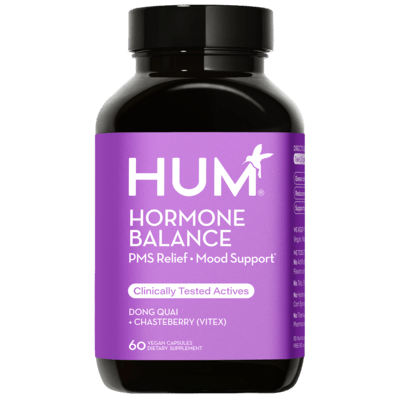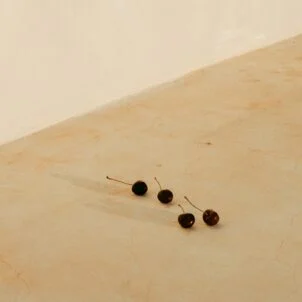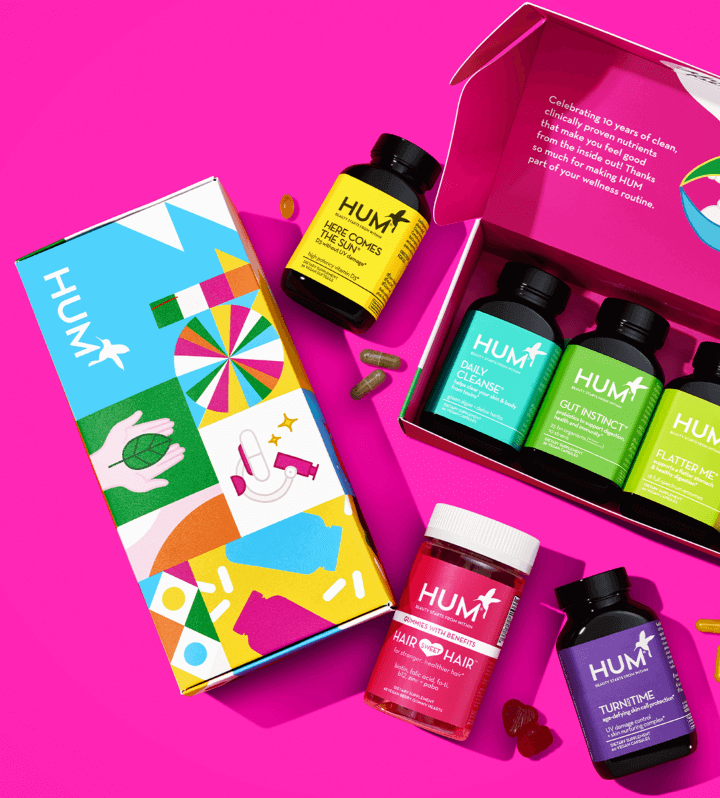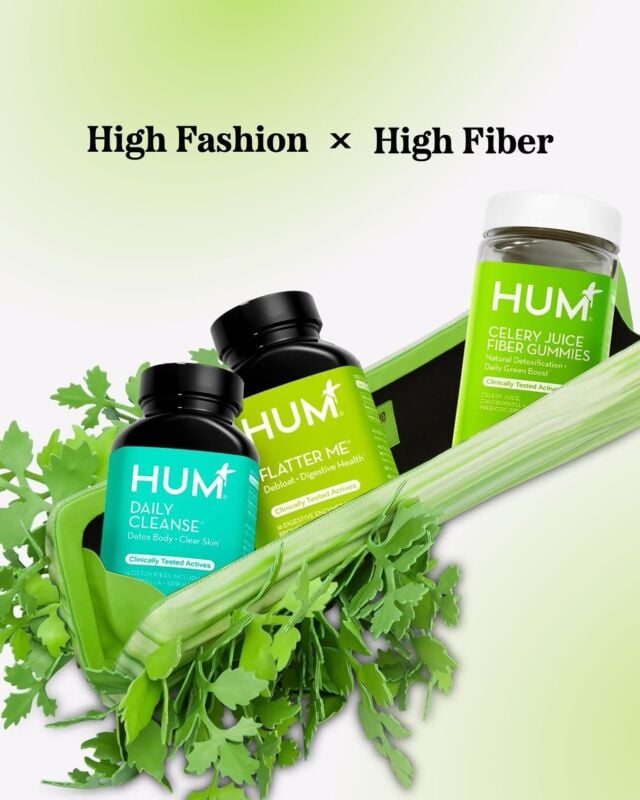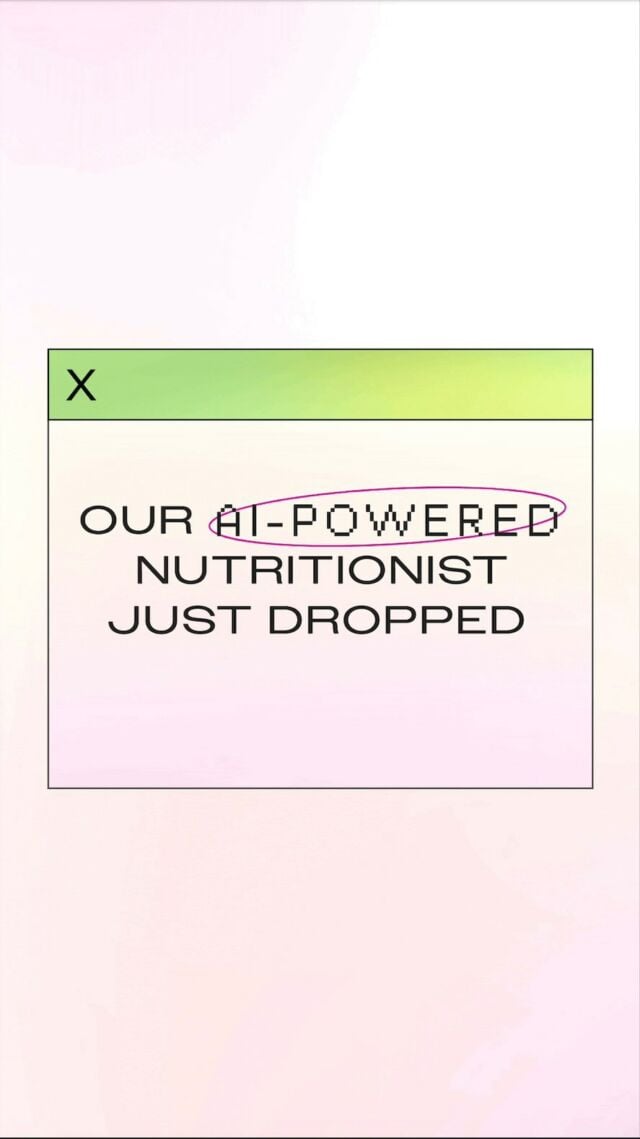What differentiates a holistic gynecologist from others?
In holistic gynecology, the body’s natural rhythms are something to support rather than suppress. I treat my patients with herbal remedies, supplements, glandular extracts, and movement therapies first, rather than with pharmaceutical medications, synthetic hormones, or surgery. Then, I also spend a lot of time talking and asking questions. I encourage patients to develop a relationship with their bodies and develop their own intuitive sense instead of just relying on me as an expert.
I see many younger physicians approaching women’s health through the lens of functional medicine and epigenetics. That’s certainly a piece of it. It’s time to move beyond outdated medical approaches with reductionist views about the body. Instead, I believe in merging the best of medicine and science with a global worldview that places women’s health in clear context with the environment in which we live. From our homes, to relationships, to nutrition, to agriculture, and even the sociopolitical landscape, they all affect us.
How much does nutrition affect our sexual wellness?
Nutrition plays a pivotal role in our health in all ways. So naturally, it’s an important part of our sexual wellness as well. We can approach eating as a sensual experience on a continuum with our sexual well-being. If our cells aren’t well-nourished, our bodies may experience symptoms of stress and inflammation that can interfere with sexual health. Maintaining steady blood sugar levels through diet, rather than stressing our adrenals to pick up the slack, is essential. It allows us to experience the full spectrum of heightened emotions available in a sexual exchange. Having robust nutrition gives us the resilience we need to relate in all ways.

What are your thoughts on the pill?
Despite their effectiveness, birth-control pills are from an era when we didn’t think about what a woman’s body feels or expresses. By suppressing and recalibrating natural cycles, we put ourselves in a holding pattern. We no longer participate in the cycle of life. We no longer feel the ebbs and flows. This may be desirable to some women, but I prefer that my patients explore and treat root causes rather than suppress symptoms.Also, in the past year, new studies reveal an association between taking birth-control pills and the development of depression and autoimmune diseases in women. Already, hormonal contraception is associated with nutrient depletion and emotional changes including panic attacks. Recalibrating the hormonal system like that can also lead to withdrawal-type symptoms if you go off them.
What forms of birth control do you prefer?
Condoms are a great method because they keep the sperm and egg from meeting. Spermicide increases effectiveness, but admittedly, introduces some necessary toxicity. Still, condoms also decrease the incidence of sexually transmitted diseases.
Copper IUDs may be a good option in the context of a monogamous relationship in which microbiome incompatibility and STDs aren’t an issue. However, I do remove several IUDs every year due to some sort of chronic issue.
I’ve always been a huge fan and advocate for fertility awareness and other methods of natural birth control. Most women rely on an app to track their cycle for this method. Before apps, the method involved charting on a calendar, taking the basal body temperature every morning, and checking cervical fluid consistency. I do have some concerns about the algorithms and assumptions made by the apps that I’ve seen. For that reason, I encourage my patients to learn to make their own calculations.
Finally, I’ve always been a fan of diaphragms and cervical caps. Again, these barrier methods pair well with spermicide for maximum effectiveness. There are some new diaphragms out. Cervical caps were being imported from Europe, but they’re becoming increasingly hard to find in the United States.

How important is it use organic tampons, condoms, and lubricants?
It’s so important to use organic products in and around our bodies, especially delicate vaginal mucosa. Studies show that women who eat organic foods have a 90 percent reduction in pesticide residues in their blood. While we certainly don’t eat tampons, the chemicals within them absorb into our bodies and bloodstreams via vaginal mucosa.
Condoms are a bit more complex, because for maximum effectiveness they’re combined with spermicides. While organic tampons have been around for a while, organic condoms are a new and welcome product.
As for organic lubricants, the main issue is that natural oils can degrade latex. If you use latex condoms, be sure to seek out a water-based organic lubricant. (Saliva or coconut oil can work well in a pinch.)

What tips do you have for women hoping to get pregnant?
Cleaning up your diet and lifestyle before conceiving is a great idea. Go for an organic diet of whole foods. Then, if you need extra help getting your cycle on track, I recommend getting enough rest and starting a daily movement and meditation practice. This can include breathing, pelvic floor, and core exercises as a basic blueprint. Finally, sending the body signals of rhythm and abundance with nutrition and self-care sets the stage for a healthy and joyful pregnancy.
What do we need to know about maintaining a healthy pH down there?
There’s a lot of mythology about acid and alkaline balance in the body. When it comes to our vaginas, an acidic vaginal environment of 4.0 to 4.5 is ideal. Factors that promote an alkaline vaginal environment include low-estrogen states such as menopause, postpartum, and birth-control pills. The vaginal pH is also alkaline in cases of bacterial vaginosis. A lower vaginal pH will discourage yeast. Using vinegar as a wash and boric acid vaginal suppositories are two ways to lower the vaginal pH.
We hear about the “pelvic floor,” but what is it exactly?
The first thing to know is that it’s not really a floor. Instead of being oriented directly underneath us, it is actually behind us.The pelvic floor refers to the dense network of crisscrossing connective tissue and fascia in a triple-layered, supportive diaphragm.
The front triangle of the pelvic floor—the urogenital triangle—extends between the bottom of the pubic bone and the ischial tuberosities (also known as the sitz bones). The back triangle of the pelvic floor—the anogenital triangle—extends between the sitz bones and the tip of the tailbone. Then, the transverse perineal muscles extend horizontally between the sitz bones. Other muscles of the pelvic floor, including the pubococcygeus and puborectalis, extend from pubic bone to tailbone.
Is it important to do kegels regularly to strengthen this area?
Kegel exercises are named after the doctor who first instructed women to do them. In my opinion, the term should be retired. As a clinician, I haven’t found that voluntary squeezing of pelvic floor muscles is a very effective technique to accomplish any long-term goals. In fact, the idea of strengthening the pelvic floor actually limits our understanding of how it functions. The fact is many women have unbalanced tension or asymmetry in the pelvic floor due to developmental factors, physical or sexual trauma, childbirth, surgery, or aging.Pelvic floor rehabilitation is complex and nuanced, involving not just physical structures, but posture, emotion, and orientation. For real progress, I find that stimulating the feet, hips, and pelvis with balls and reinvigorating developmental neurological connections combines well with visceral manipulation and somatic movement therapies.
I hesitate to use the term “yoga” given how many approaches there are, but I do use select yoga therapies and breathing exercises as part of my pelvic rejuvenation programs. The obturator internus and externus muscles, deep hip rotators, psoas muscles, and respiratory diaphragm all play essential roles in posture, movement and pelvic floor health. We must evaluate all of these in any meaningful and comprehensive pelvic rehab program. Learn more about Dr. Fromberg’s holistic gynecology practice at www.doctoredenfromberg.com.